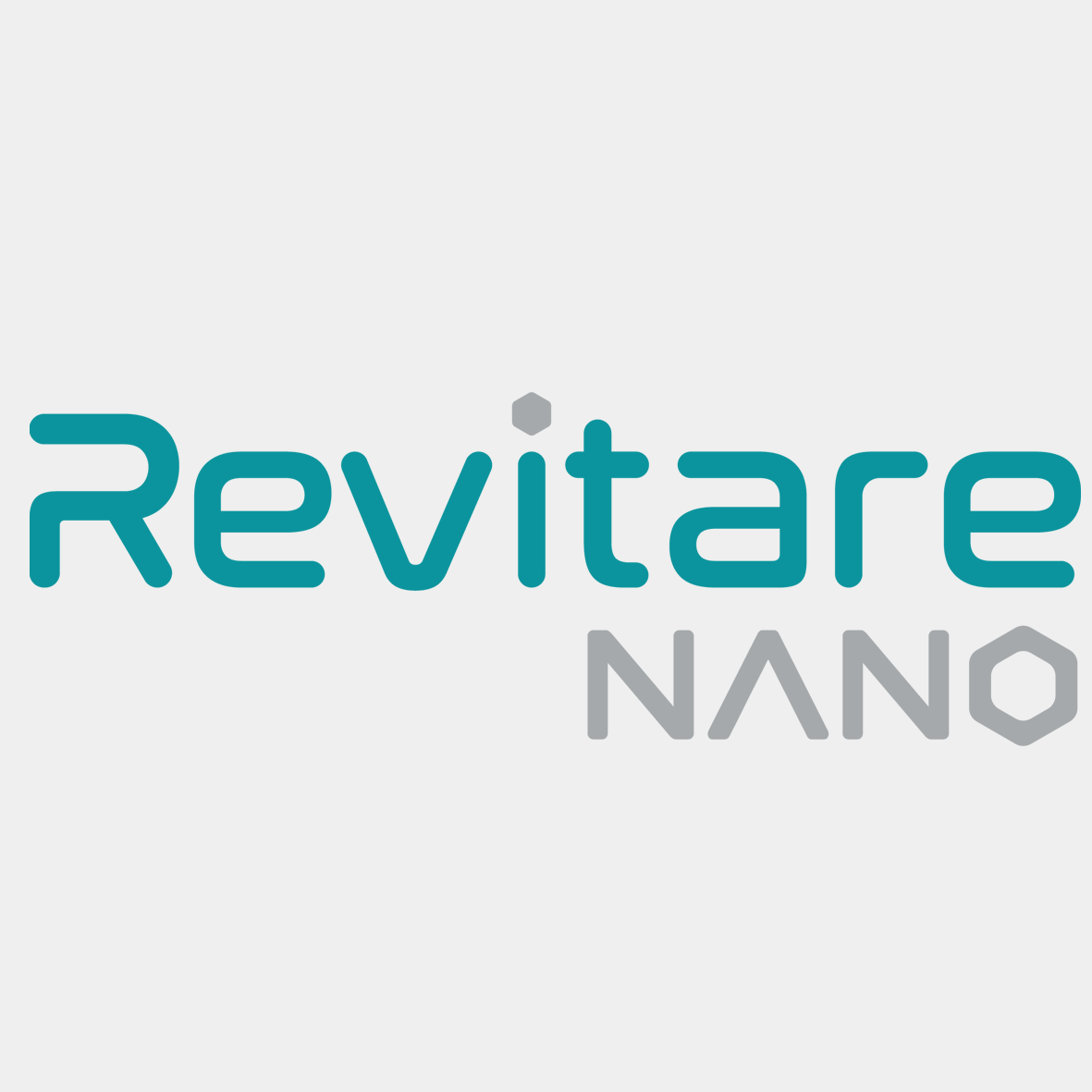As we stand on the threshold of modern technologies, silver nanoparticles come to us as a significant breakthrough in the development and enhancement of cooling system quality. By adding silver nanoparticles to cooling systems, they act as a protective barrier against bacteria and microbes, enhancing heat transfer quality. The dawn of innovation shines on the future of cooling systems, revealing entirely different, more efficient, healthier, and safer cooling systems.
In a unique experiment, studies and research have discovered the remarkable impact of silver nanoparticles on enhancing the phase change materials’ ability to store thermal energy. Paraffin wax was chosen as a phase change material, and silver nanoparticles were added at concentrations of 0.05% and 0.1% by mass. The experiment results revealed a significant reduction in the melting and solidification temperatures of the phase change materials (paraffin wax) due to the addition of silver nanoparticles. Moreover, the research demonstrated that increasing the concentration of silver nanoparticles effectively enhances these materials’ capacity to store thermal energy. Thus, silver nanoparticles have become an effective technological solution that brings a significant transformation in the performance of cooling systems, safely and efficiently. They add high quality to cooling systems with improved efficiency and health safety.
Silver nanoparticles shine in cooling systems
When efficiency meets advancement, silver nanoparticles emerge in an era filled with challenges of maintaining the efficiency and safety of cooling systems. Silver nanoparticles appear as an innovative technological solution, infiltrating the realm of cooling technology to add a magical touch of efficiency and quality. Among the key benefits of silver nanoparticles in cooling systems:
- Efficient heat transfer: Silver nanoparticles excel in transferring heat with high efficiency. When added to cooling fluids, these particles enhance their heat transfer capability, leading to a significant improvement in cooling process performance.
- Microbial growth reduction: Incorporating silver nanoparticles into cooling systems reduces the growth of harmful microorganisms, contributing to the cleanliness and efficiency of the coolants, thus improving their quality while maintaining the cleanliness of vital components.
- Energy efficiency improvement: The use of silver nanoparticles results in a notable improvement in the efficiency of cooling systems, leading to reduced energy consumption and significant cost savings.
- Enhanced heat exchange effectiveness: Silver nanoparticles improve heat exchange efficiency in cooling systems by reducing the formation of deposits and biological layers on the inner surfaces of pipes and condensers.
- Reduced need for harmful chemicals: Silver nanoparticles replace the use of harmful chemicals in cooling systems, offering a safe and healthy alternative.
- User health improvement: By purifying and filtering the air passing through air conditioning systems or by spraying silver nanoparticles onto air filter surfaces, silver nanoparticles effectively destroy bacteria, viruses, and germs, improving the quality of the air we breathe and protecting users from diseases caused by polluted air.
- Prevention of mold buildup: Silver nanoparticles resist bacteria responsible for mold formation inside air conditioning systems, thereby preventing its formation and significantly absorbing foul odors from the air passing through the systems, which originate from fungi and bacteria. This makes the air conditioning environment healthy and clean for users.



